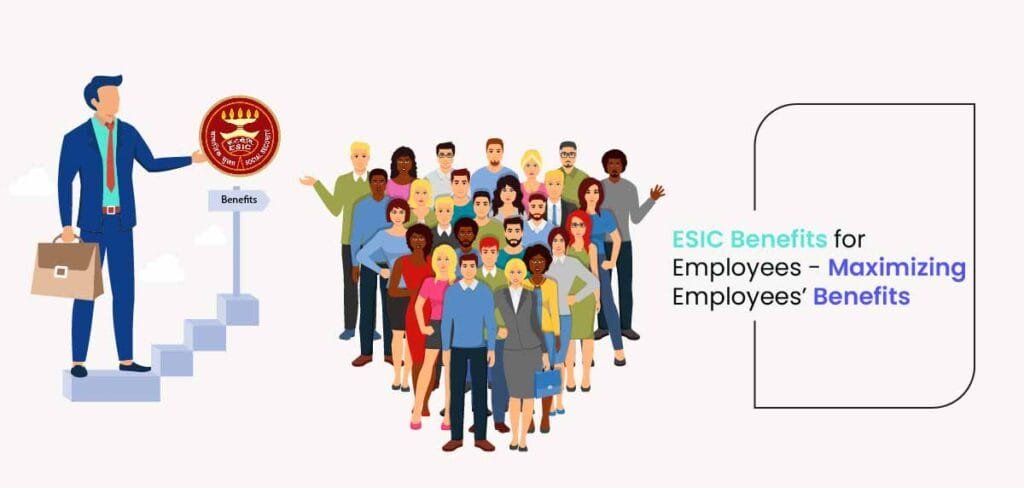Unlock the Secrets of Provident Fund: 5 Powerful Insights You Must Know for Maximum Retirement Savings
Introduction to Retirement Savings A Provident Fund (PF) is a vital tool in India’s financial landscape, specifically designed to help employees accumulate savings for retirement. By ensuring regular contributions from both the employer and the employee, this scheme is a form of financial security that can be used after retirement or in the case of emergencies like illness, disability, or job loss. Managed by the Employees’ Provident Fund Organisation (EPFO), the Provident Fund system aims to provide long-term financial support and security for the workforce. In this article, we will explore the various aspects of the Provident Fund, including its different types, how it functions, the key benefits it offers to employees, and why it is considered one of the most effective long-term savings plans in India. We will also take a closer look at the EPF, PPF, and VPF schemes and explain how each one helps employees grow their wealth for retirement savings. What Is a Provident Fund? A Provident Fund is a government-supported savings scheme where both the employee and the employer contribute a portion of the salary every month. The contributions made are pooled into a Provident Fund account, where they accumulate interest over time. This interest helps grow the fund, making it more substantial by the time the employee reaches retirement age. It is important to note that the Provident Fund is not just limited to retirement savings; it can also be accessed in case of emergencies, such as illness, disability, or other critical circumstances. The scheme is mandatory for businesses with 20 or more employees. The EPFO (Employees’ Provident Fund Organization) is the regulatory body that oversees the management of Provident Fund accounts in India. The organization ensures that the contributions are being deposited regularly into individual accounts and that the funds grow securely through compounded interest. Want know more about Provident fund Types of Provident Fund Schemes in India India offers various retirement and savings schemes, but the most prominent ones include: Let’s take a closer look at each of these Provident Fund schemes. 1. Employees’ Provident Fund (EPF) The Employees’ Provident Fund (EPF) is the most common type of Provident Fund. It is a mandatory scheme for employees working in organizations that employ 20 or more workers. Both the employee and the employer contribute a fixed percentage of the basic salary each month to the EPF. The contributions made are managed by the EPFO and are deposited into an individual’s EPF account. Contribution and Interest Rates Both the employee and employer contribute 12% of the basic salary towards the EPF. The employer’s contribution is divided into two parts: The accumulated funds in the EPF account earn compounded interest, and for the financial year 2023-24, the interest rate is set at 8.15%. This interest rate is reviewed annually by the government, and it has historically been a relatively attractive rate compared to other savings schemes in India. Tax Benefits The contributions made by both the employee and employer are eligible for tax deductions under Section 80C of the Income Tax Act. Furthermore, the interest earned and the amount withdrawn after five years of continuous service are tax-free. Related Link: How to Calculate EPF Interest 2. Public Provident Fund (PPF) The Public Provident Fund (PPF) is another popular retirement savings option, but unlike the EPF, it is available to all Indian citizens, whether employed or not. The PPF is a government-backed savings scheme that offers tax-free interest and long-term investment benefits. Contribution and Interest Rates The minimum contribution is ₹500 per year, and the maximum contribution is ₹1.5 lakh per year, which is eligible for tax deductions under Section 80C. The interest rate for the PPF is set at 7.1% per annum for the financial year 2023-24, and this is subject to periodic changes by the government. Lock-In Period and Withdrawals The lock-in period for a PPF account is 15 years, meaning that the funds cannot be withdrawn before that time. However, partial withdrawals are allowed after five years. After the lock-in period ends, the account can be extended in blocks of five years. Tax Benefits Related Link: PPF vs EPF: Key Differences 3. Voluntary Provident Fund (VPF) The Voluntary Provident Fund (VPF) is an extension of the Employees’ Provident Fund (EPF), but it allows employees to voluntarily contribute more than the mandatory 12% contribution. If an employee is already contributing to the EPF, they can opt to contribute an additional amount to their VPF account. Tax-Free Benefits The main advantage of the VPF is that after five years of continuous service, the contributions and interest become tax-free. This makes it an attractive option for employees who wish to accumulate more funds for their retirement. Interest Rates The VPF earns the same interest as the EPF, and currently, the interest rate for VPF is 8.15% per annum, as of the financial year 2023-24. Related Link: How to Contribute to VPF 4. Exempted Provident Fund Trusts (EPFTs) Some large organizations establish their own Exempted Provident Fund Trusts (EPFTs) to manage their employees’ Provident Funds separately from the EPFO. These EPFTs are exempt from the regulations of the Employees’ Provident Funds and Miscellaneous Provisions Act, 1952. Cost Efficiency One of the key benefits of Exempted Provident Fund Trusts is the lower administrative fees. While the EPFO charges an administrative fee of around 1.1%, EPFTs often charge much lower fees, around 0.18%. Higher Returns The interest rates offered by these private trusts are generally the same as or higher than those of the EPFO, making them a good option for companies and employees seeking higher returns. Related Link: EPFTs: Advantages and Limitations How Does a Provident Fund Work? A Provident Fund account operates by deducting a certain percentage of the employee’s monthly salary, which is then matched by the employer. The accumulated contributions are credited to an individual’s Provident Fund account, where the balance grows due to compounded interest. Example of How a PF Works For example, let’s assume an employee contributes ₹1,000 every month to their







